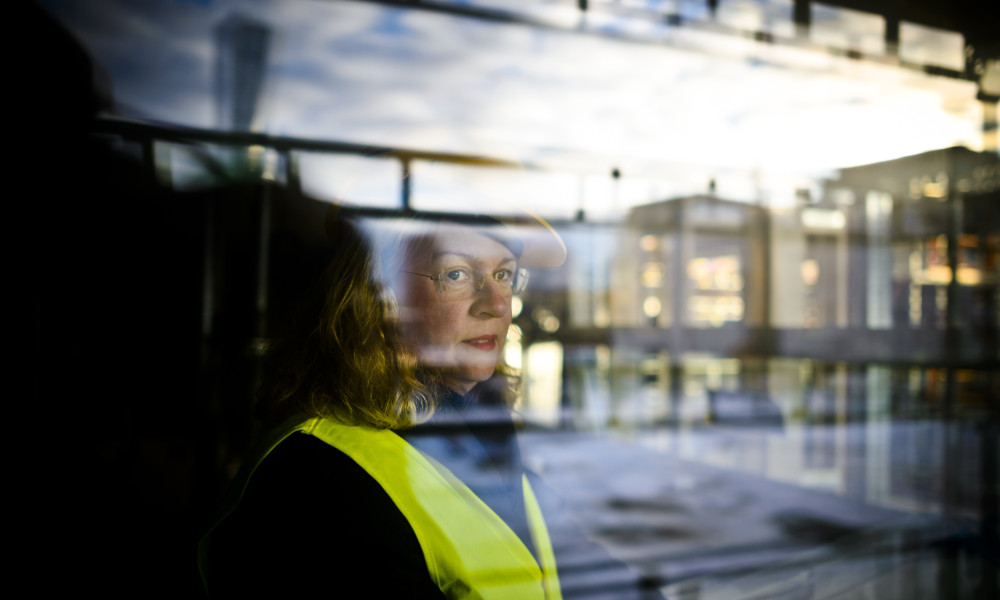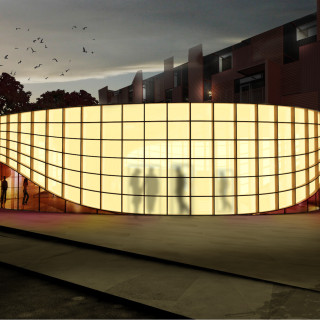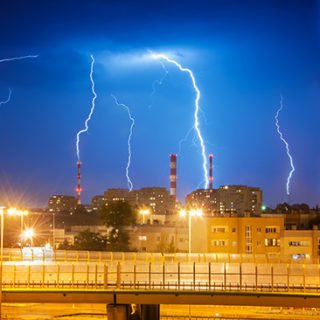Reality that caught up with research
Eight years ago, Maria Wall and other researchers started a campaign to call for energy-efficient construction. Now their efforts are no longer necessary. Municipalities and construction companies all over Sweden are investing in sustainable construction with the goal of creating zero-energy buildings.
Maria Wall, senior lecturer and head of the Energy and Building Design Division at the Faculty of Engineering, Lund University, has conducted research on energy-efficient construction for almost 30 years. Fifteen years ago she carried out a pilot study for Sweden’s first passive houses, in an area of terraced housing in Lindås near Gothenburg.
“Once the area had been completed and the industry saw that it worked, they were willing to have faith in the technology. Around 2006–2007 it really took off. Now I no longer have to go out and talk about how important it is. The construction industry is pursuing the issue, developing technical platforms, concepts and methods for low-energy construction”, says Maria Wall.
In the Swedish city of Malmö, the Västra Hamnen district has become a symbol of sustainable urban development. Stage three of the project – Fullriggaren – is currently under construction, and will be Sweden’s largest area of low-energy and passive housing.
“The issue of climate change is speeding the development, and the EU is putting pressure on through directives to encourage the construction of ‘smart cities’.
“The most important thing with construction is ensuring that energy consumption is as low as possible and looking at how environmentally friendly and locally produced energy can be used. The goal is to build zero-energy buildings, where as much energy is produced within or in the vicinity of the building as is consumed. Solar power and thermal energy are good options for this.”
Maria Wall has just started an international research project that will study how solar energy can be integrated into town planning. The goal is to draw up guidelines and tools to get architects and town planners to think about solar energy when they are still at the drawing board.
“Solar energy could be used a lot more, including in existing buildings. However, it is important to know how we work with it and where it is suitable. As with passive houses, examples of best practice are needed.”
Text: Liselotte Fritz
Photo: Kennet Ruona
Published: 2013





